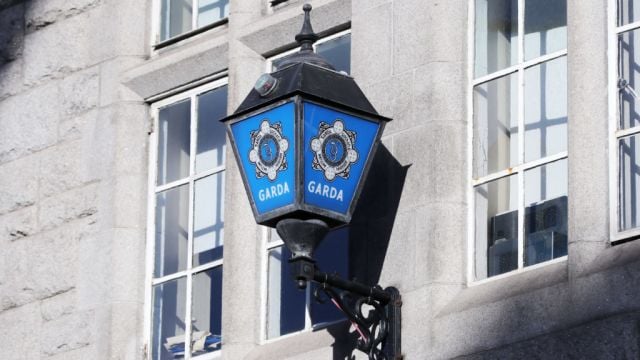Juvenile crime levels are rising with a sharp increase in reports of theft, robbery, fraud and sexual offences by teenagers, according to new figures.
Garda records show 15,719 incidents of crime involving over 8,400 young offenders were referred to the Garda Youth Diversion Programme (GYDP) in 2022 – the latest year for which a breakdown of offences committed by those aged 12-17 years is available and an annual increase of four per cent.
The figures show the most common crime committed by young people is theft with 4,719 cases reported in 2022 – up 42 per cent on the previous year.
However, there were reductions in other crimes commonly associated with youths including public order offences (down 14 per cent to 2,626) and drug offences (down two per cent to 1,881) as well as incidents of criminal damage (down four per cent to 1,336).
At the same time, there was a sharp increase in sexual offences, including possession of child sexual abuse material.
A total of 439 sexual offences by juveniles was recorded in 2022 – an annual increase of 29 per cent.
The annual report of the GYDP monitoring committee also reveals that there was a 29 per cent increase in robberies by young offenders to 215, while burglaries were up 16 per cent to 450.
Fraud and other forms of economic crime by youths were up 25 per cent to 358.
Assaults were up 2% to 1,486, while motoring offences rose by three per cent to just over 1,500.
The number of homicide offences, which includes threats to kill, were unchanged at 86.
The report also reveals that 38 young people were caught driving under the influence in 2022.
The GYDP, which was established in 2003, is designed to allow young offenders to avoid having their crime processed through the courts system.
Any young person aged 12-17 years responsible for a crime must first be considered for a caution before they can be brought before a court. The decision to caution or prosecute is made by a Garda superintendent at the Garda Youth Diversion Bureau.
The decision is based on a number of factors including the nature of the offence, the views of the victim, the attitude of the offender and the views of the arresting Garda and offender’s parents or guardians and whether an apology has been made.
Overall, a total of 8,404 children were referred to the GYDP for related crimes in 2022 – down one per cent on the previous year.
Males accounted for 72 per cent of referrals, while a third of all cases involved children aged 12-14 years.
It was the first ever referral to the GYDP for approximately 7 out of 10 young people referred to the youth diversion programme in 2022.
However, over 10 per cent of those aged 15 and over had received four or more referrals including two per cent which had received at least 10 referrals.
The report also highlighted how 1,200 juvenile offenders – 14 per cent of the total – were deemed unsuitable for the programme for various reasons including the seriousness of the offence.
The report shows more than a third of referrals to the GYDP in 2022 were dealt with by an informal caution with approximately a quarter handled via a formal caution.
Three out of 10 offences were deemed unsuitable to be dealt with under the programme while 4% were treated by use of a restorative caution which involves meetings between offenders and victims.
The chairperson of the GYDP monitoring committee, Assistant Garda Commissioner, Paula Hilman, said she was encouraged that there was a 37 per cent increase in restorative cautions to 568 in 2022.
Ms Hilman said the youth diversion programme played an important role in protecting Ireland’s youth.
The Government is also considering the possibility of extending the GYDP to include those aged 18–24 years.







